When planning the lighting for a space, whether a home, office or any other setting, understanding the concept of lumens is crucial.
Lumens measure the total amount of visible light emitted by a source, such as a light bulb. This measurement can help determine the required brightness for a given area, ensuring that it is neither underlit nor overlit.
An appropriate lumen calculation is necessary to satisfy the varied lighting needs of different rooms, activities, and personal preferences. This involves considering the size of the room and the type of activities performed within it.
Choosing the correct lighting goes beyond just the brightness; it is about the comfort and functionality of a space.
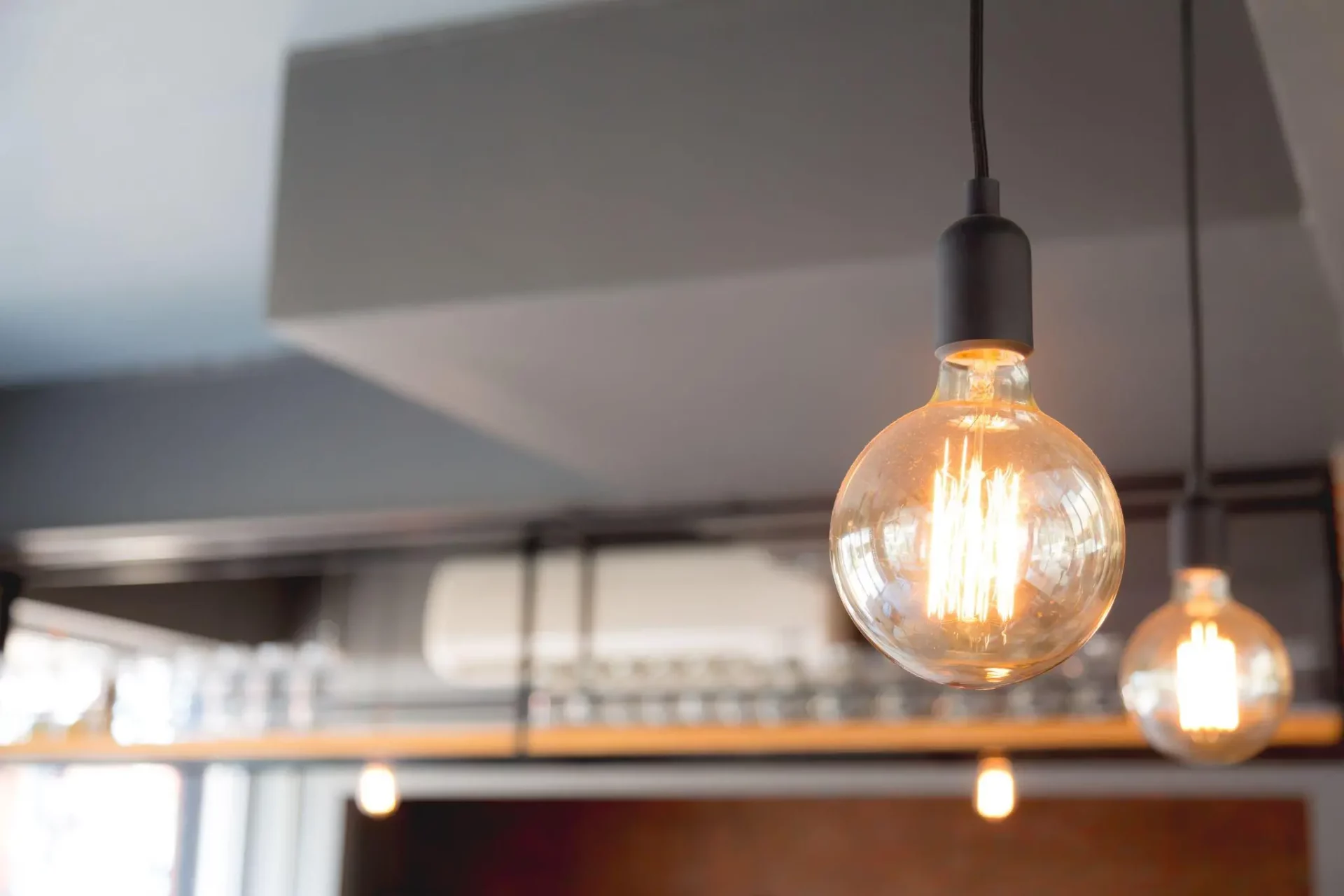
Various factors influence optimal lighting, including the color temperature of bulbs, which affects the warmth or coolness of the light and the style of lighting fixtures themselves.
Additionally, lighting efficiency is becoming increasingly important, and individuals are considering converting from traditional lighting solutions to LED alternatives. This switch requires understanding how older wattage ratings translate to lumens to maintain the desired brightness levels while improving energy efficiency.
When selecting light bulbs, lumens are the key indicator of the bulb’s brightness, not the wattage. This metric pertains to LED, incandescent, and halogen bulbs.
Lumens represent the total amount of visible light emitted by a source, such as a light bulb. When one considers brightness, lumens provide a more accurate measurement than wattage, indicating the bulb’s energy consumption.
One needs to consider the application purpose to determine the required lumens; for instance, a study room or kitchen generally requires more lumens than a bedroom or lounge.
Historically, wattage was used as a gauge for bulb brightness, particularly with incandescent bulbs. However, this approach became less relevant with the advent of LED technology.
LED bulbs consume significantly less energy and thus have lower wattage, yet they can emit the same or even more excellent brightness, measured in lumens, compared to incandescent bulbs.
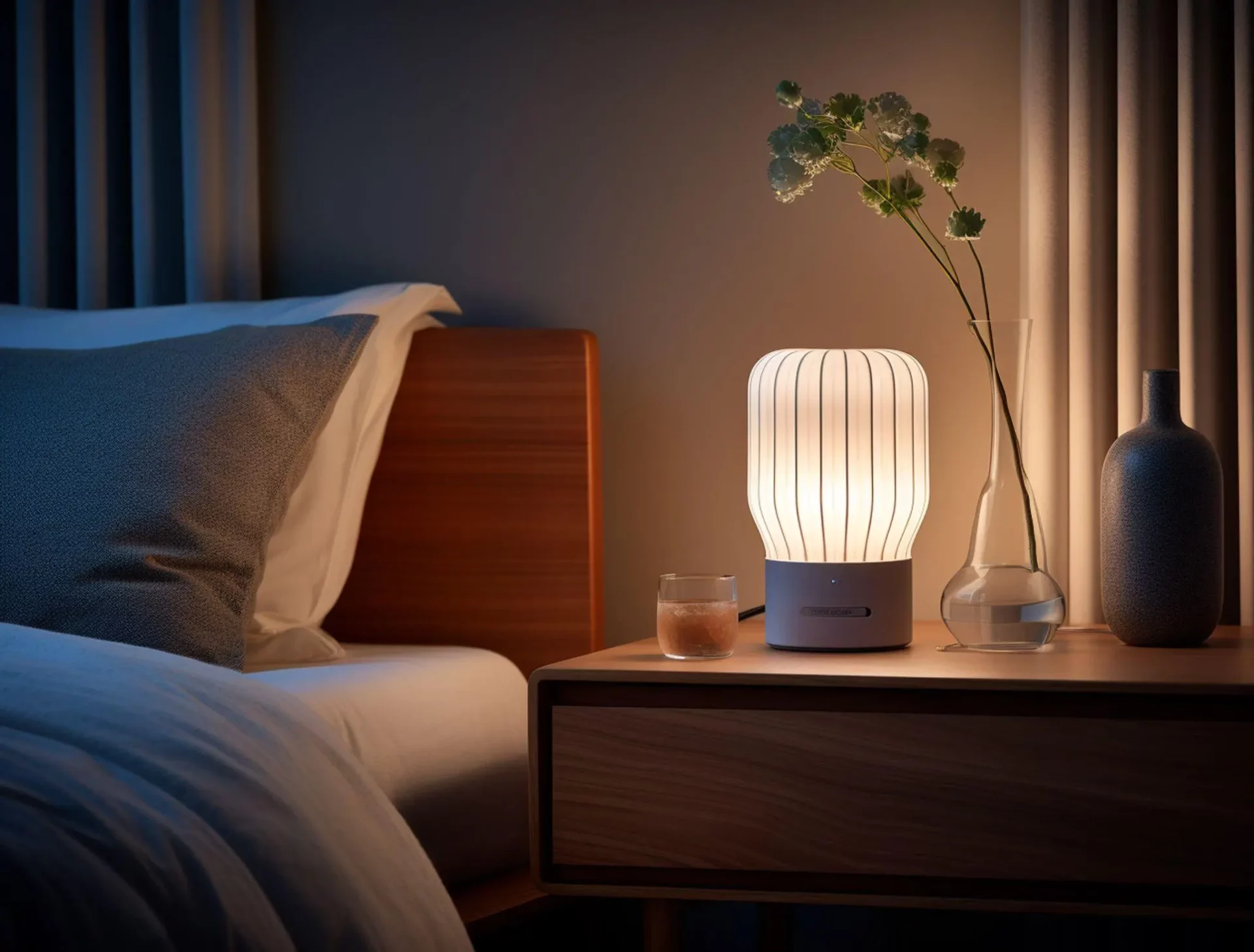
Example Comparison:
| Bulb Type | Watts (Energy use) | Lumens (Brightness) |
| LED | 10W | 800 lm |
| Incandescent | 60W | 800 lm |
| Halogen | 43W | 800 lm |
The lumen output for different types of light bulbs varies considerably.
Typical Lumens for Various Bulbs:
When replacing bulbs or installing new fixtures, one must consider the desired brightness or lumen output and choose accordingly. The selection should match the function of the space to achieve optimal lighting conditions.
When outfitting a space with lighting, it’s crucial to understand lumens—the measurement of light output from a source. The required lumens for a room depend not only on its function and size but also on factors such as ceiling height and room square footage.
Different types of rooms require varying levels of lumens due to their unique functions:
A lumen calculator simplifies the process by offering an efficient way to determine the lighting needs of a room. Users can input:
Room dimensions and ceiling height directly influence the light distribution and intensity required. For instance:
Choosing the suitable light bulbs is crucial for optimal lighting in any space. Bulb type, color temperature, and energy efficiency are pivotal in lighting quality and energy consumption.
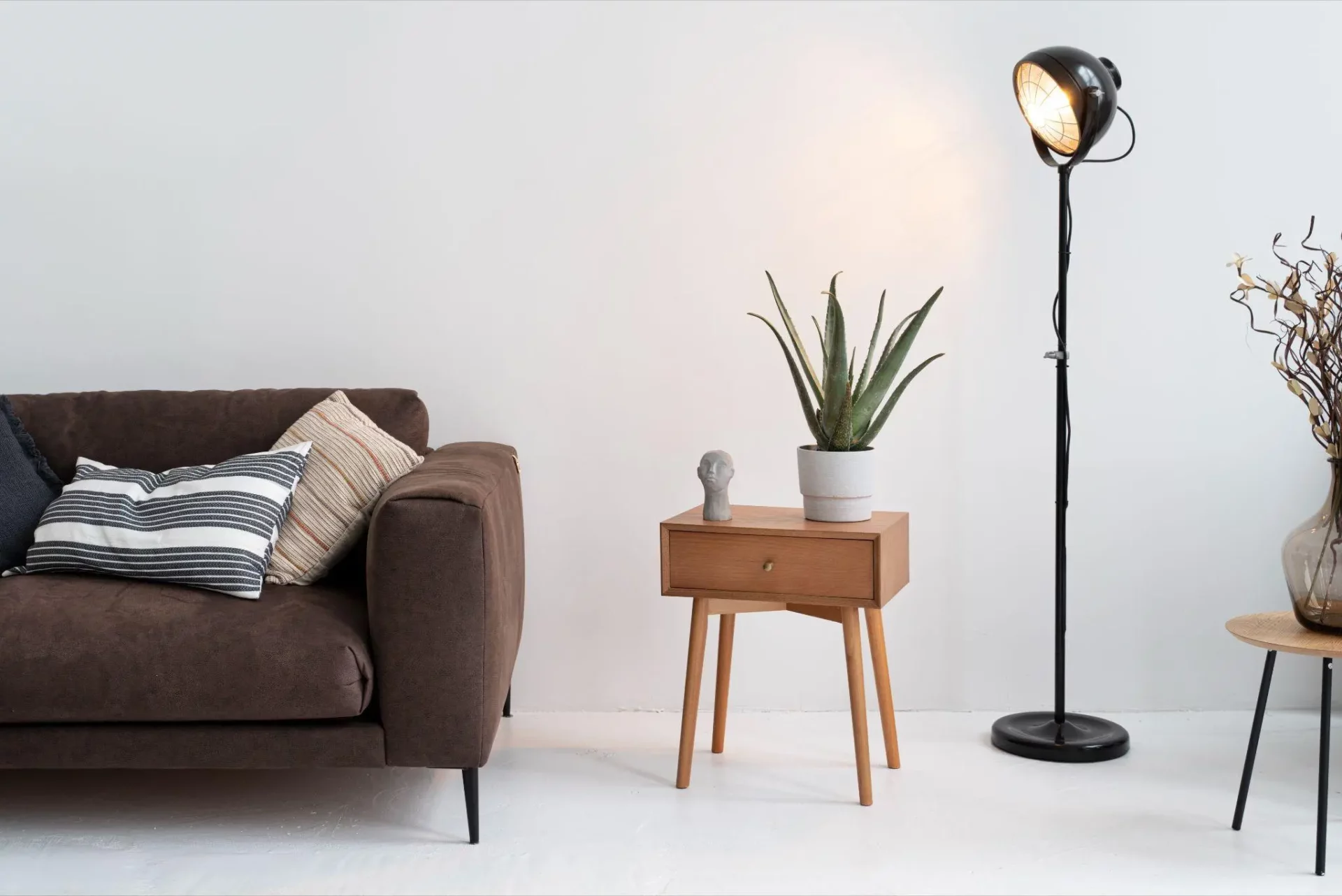
LED (light-emitting diode) bulbs are prominent for their superior lifespan and energy efficiency. Compared to traditional incandescent bulbs, LEDs use up to 75% less energy and can last 25 times longer.
This makes them an excellent choice for both residential and commercial environments. For areas requiring robust and focused light, such as reading or task spaces, LED light bulbs provide an ideal solution due to their directional light output.
Color temperature measures the color of light emitted by a bulb, indicated in Kelvin (K). Bulbs with a lower Kelvin value produce a warm, yellowish light, often labeled as “warm white,” suitable for cozy, restful areas.
On the other hand, higher Kelvin values yield a cooler, bluer light, often referred to as “daylight,” which is beneficial for concentration and task performance.
Additionally, the Color Rendering Index (CRI) defines how accurately a bulb represents colors compared to natural daylight. A bulb with a CRI of 80 or higher is generally recommended for most indoor applications, ensuring the colors within the space are vibrant and true to life.
Energy-efficient lighting is beneficial for the environment and cost-effective for the consumer.
When selecting energy-efficient bulbs, look for the ENERGY STAR label, which signifies compliance with strict efficiency guidelines set by the US Environmental Protection Agency.
Intelligent lighting options, such as bulbs that can be controlled via smartphone apps, offer convenience and can further reduce energy usage through features like scheduling and remote access.
Creating a well-lit space involves more than just achieving the proper brightness; it also requires considering how lighting can be controlled, how it interacts with room aesthetics, and how it serves specific tasks.
The luminous flux measured in lumens is fine-tuned for comfort and efficiency by using dimmers and controls, selecting appropriate wall colors and furniture, and incorporating task lighting to direct light where it’s most needed.
Dimmers and controls allow lighting levels to adjust to the time of day, the activity being performed, and individual preferences.
They can reduce or increase brightness, measured in lux or foot candles, ensuring a space is bright and lit.
Users can achieve the ideal balance between light intensity and energy conservation using dimmers, contributing to comfort and lower wattage consumption.
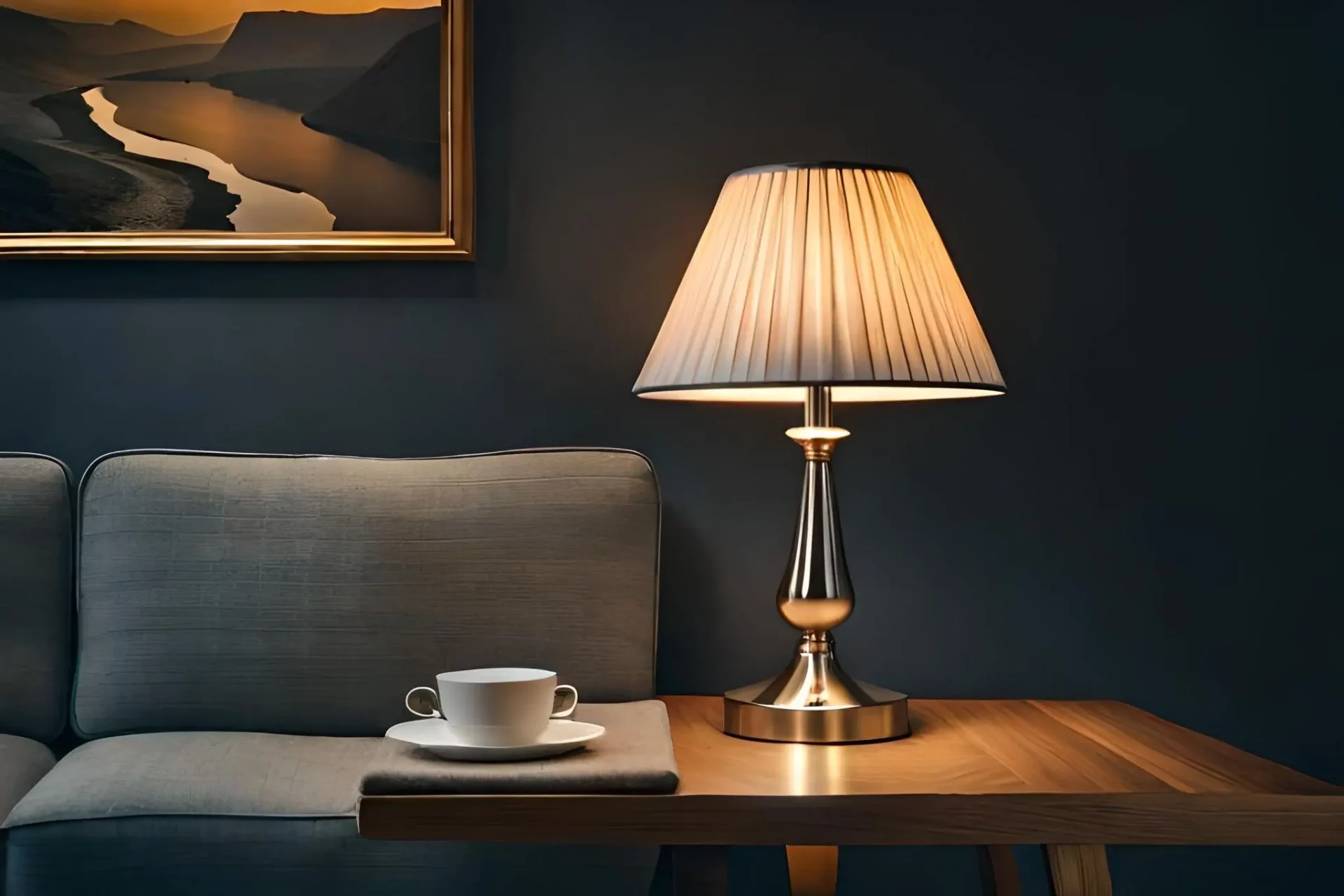
The colors of walls and furniture significantly impact how light spreads and is perceived in a space.
Lighter colors reflect more light, increasing the overall brightness without additional luminous flux or wattage. In contrast, darker tones absorb light, requiring more lumens to achieve the same illumination level.
Designers and architects often consult with clients about this aspect of lighting design to enhance the quality and distribution of light.
Task lighting is essential for focusing luminous flux on specific areas where activities such as reading, cooking, or working occur. It is characterized by directional light that enhances the functionality and aesthetics of a room.
Task lighting should be implemented with an understanding of direction and intensity to optimize visibility and minimize shadows or glares.
By ensuring that task lighting delivers the right amount of light (measured in lumens) precisely where it’s needed, one can improve comfort and efficiency within any given space.
Determining the correct amount of lumens for a room is a task that requires consideration of both functionality and personal preference. It involves understanding room dimensions, the type of activities conducted within the space, and individual comfort levels with brightness.
To ascertain the lumens required, one begins with the room size. The basic formula is:
Here’s a simplified guide:
| Room Type | Footcandles Needed | Example Calculation |
| Living Room | 10-20 fc | 200 sq ft x 15 fc = 3000 lm |
| Kitchen | 30-40 fc | 120 sq ft x 35 fc = 4200 lm |
| Home Office | 40-50 fc | 150 sq ft x 45 fc = 6750 lm |
| Bedroom | 10-20 fc | 100 sq ft x 15 fc = 1500 lm |
| Room Type | Footcandles Needed | Example Calculation |
| Living Room | 10-20 fc | 200 sq ft x 15 fc = 3000 lm |
| Kitchen | 30-40 fc | 120 sq ft x 35 fc = 4200 lm |
| Home Office | 40-50 fc | 150 sq ft x 45 fc = 6750 lm |
| Bedroom | 10-20 fc | 100 sq ft x 15 fc = 1500 lm |
| Room Type | Footcandles Needed | Example Calculation |
| Living Room | 10-20 fc | 200 sq ft x 15 fc = 3000 lm |
| Kitchen | 30-40 fc | 120 sq ft x 35 fc = 4200 lm |
| Home Office | 40-50 fc | 150 sq ft x 45 fc = 6750 lm |
| Bedroom | 10-20 fc | 100 sq ft x 15 fc = 1500 lm |
Remember to factor in variables such as the presence of natural light, the color of walls and furniture, and the type of light bulbs to be used.
The ultimate goal is to achieve a balance that caters to the space’s intended function while providing a pleasing ambiance.
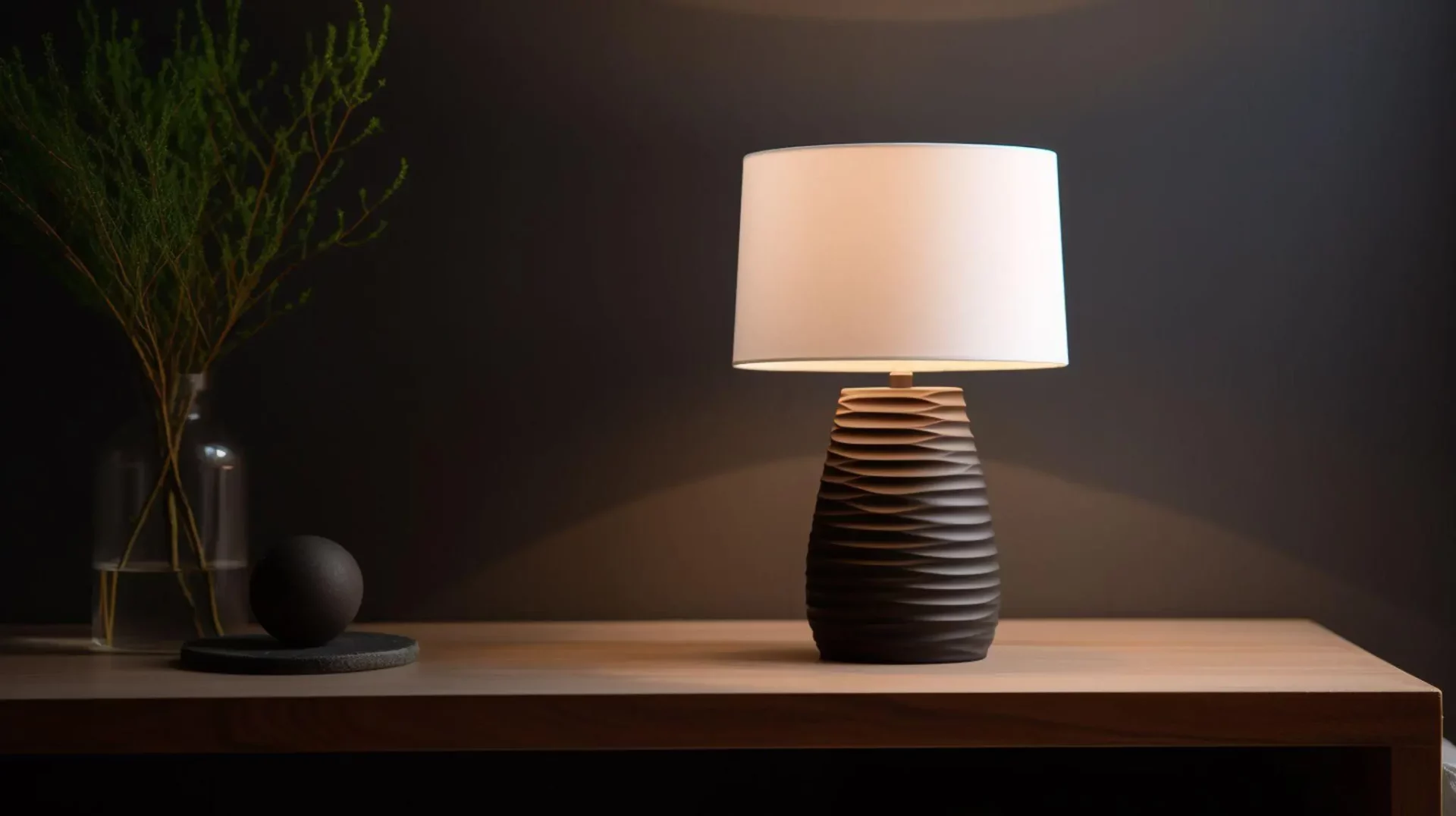
Users are encouraged to employ lumen calculators found online for a more tailored approach. These tools can assist in fine-tuning the specifics, considering various influencing factors.
One’s preference for brightness levels, often overlooked in mathematical calculations, should always be incorporated into the final decision.
Pinpointing the necessary lumens may seem complex, but a systematic approach can simplify it, resulting in a comfortably lit environment that aligns with functional needs and aesthetic preferences.